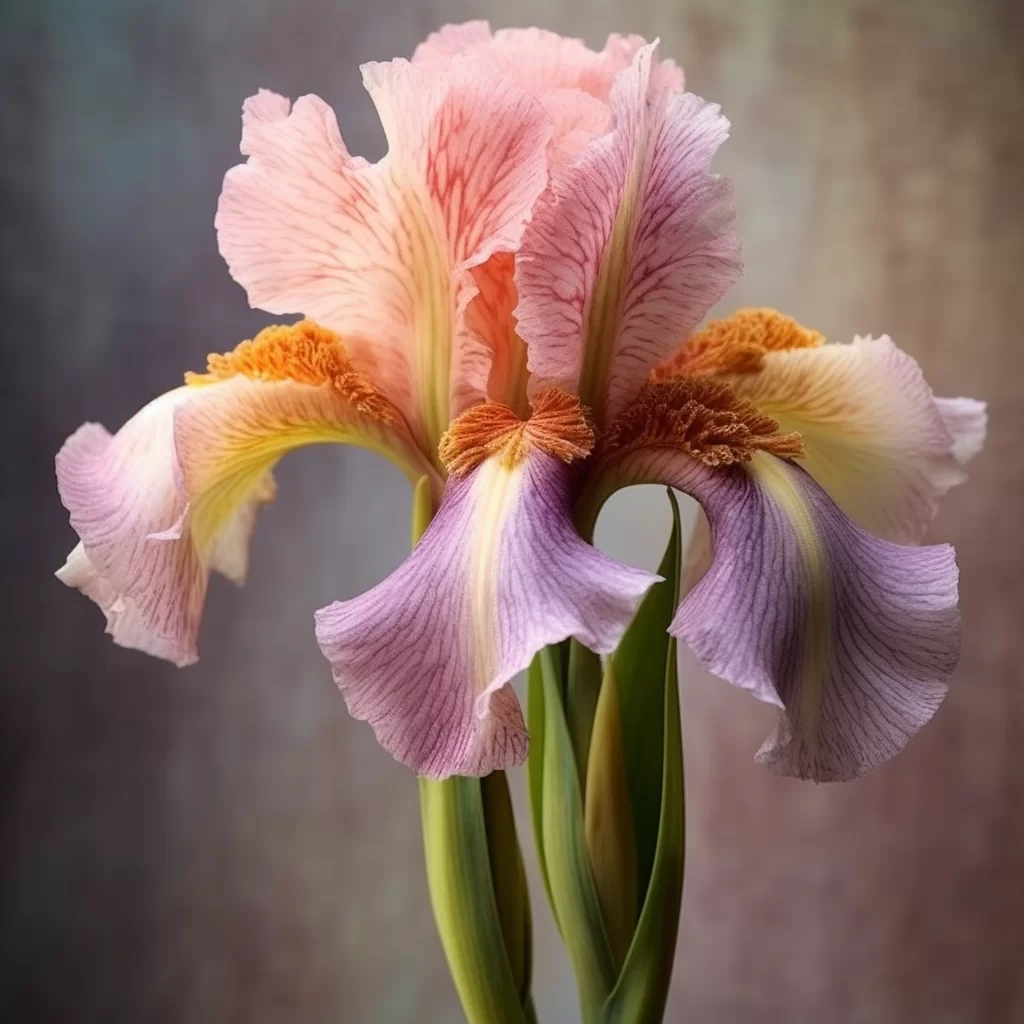Story of Day :
Contents
The Complete Guide to Bearded Iris Plant: Care Tips and Everything You Need to Know
Bearded iris plants (Iris germanica) are a popular choice for many gardeners because of their striking appearance, long blooming periods, and low-maintenance requirements.
These beautiful flowers come in a wide variety of colors and can add texture and elegance to any garden.
What is a Bearded Iris Plant?
A bearded iris plant is a perennial flower that grows from rhizomes.
The plant has sword-shaped leaves that can grow up to 3 feet tall, with stunning blooms that can reach up to 8 inches across.
The standout feature of the bearded iris plant is its fuzzy “beard,” which sits atop the petals of each bloom.
Choosing the Right Spot for Your Bearded Iris Plants

If you’re considering planting bearded iris in your garden, it’s important to choose the right spot.
Be sure to select an area with full sun exposure – at least six hours per day – as this will ensure optimal growth and flowering.
- Choose well-draining soil: Be sure to choose an area with well-draining soil as these plants do not tolerate standing water or overly moist conditions.
- Air circulation: Good air circulation is also essential for healthy growth since stagnant air increases the risk of fungal diseases such as root rot or leaf spot disease.
- Nutrient-rich Soil: Use nutrient-rich soil mixtures or fertilizers containing nitrogen(5-10%), phosphorus(10-20%), potassium(5-10%) along with other micronutrients such as calcium, magnesium etc.,
Caring for Your Bearded Iris Plants
Caring for your bearded iris plants is relatively easy and requires minimal effort.
Here are some tips to keep your plants healthy and thriving:
- Watering: Water your bearded iris plant deeply once a week during the growing season.
Make sure the soil is well-drained to prevent waterlogging which can lead to root rot.
- Fertilizing: Fertilize your bearded iris plants twice a year; first in early spring before blooming, then again after flowering has ended in late summer or early fall.
Use a balanced fertilizer containing equal amounts of nitrogen, phosphorus, and potassium (NPK).
- Pruning: Remove spent blooms by gently cutting them off at the base of the stem with clean, sharp scissors.
- Cutting foliage: Cut foliage back to about 6 inches tall after blooming has finished.
This will help encourage new growth for next year’s blooms.

Pest and Disease Control for Bearded Iris Plants
Despite their hardiness, bearded iris plants can sometimes fall victim to pests or diseases.
Here are some common issues you may encounter:
- Iris borers: These pests burrow into the rhizomes of your bearded iris plant causing damage that can lead to stunted growth or even death.
To prevent infestations make sure you remove all dead leaves at planting time and destroy any affected rhizomes right away.
- Fungal Diseases such as root rot : These diseases thrive in damp conditions so it’s essential to avoid over-watering or poorly drained soil as this increases risk.
Conclusion

The bearded iris plant is an excellent addition to any garden due its unique appearance which sets it apart from ordinary flowers.
With proper care techniques such as choosing an ideal location with good air circulation, well-draining soil and regular watering and fertilization, your bearded iris plants will thrive.
Keep an eye out for pests and diseases; early detection can save the plant from death.
By following these tips, you will enjoy these striking flowers for many years to come.